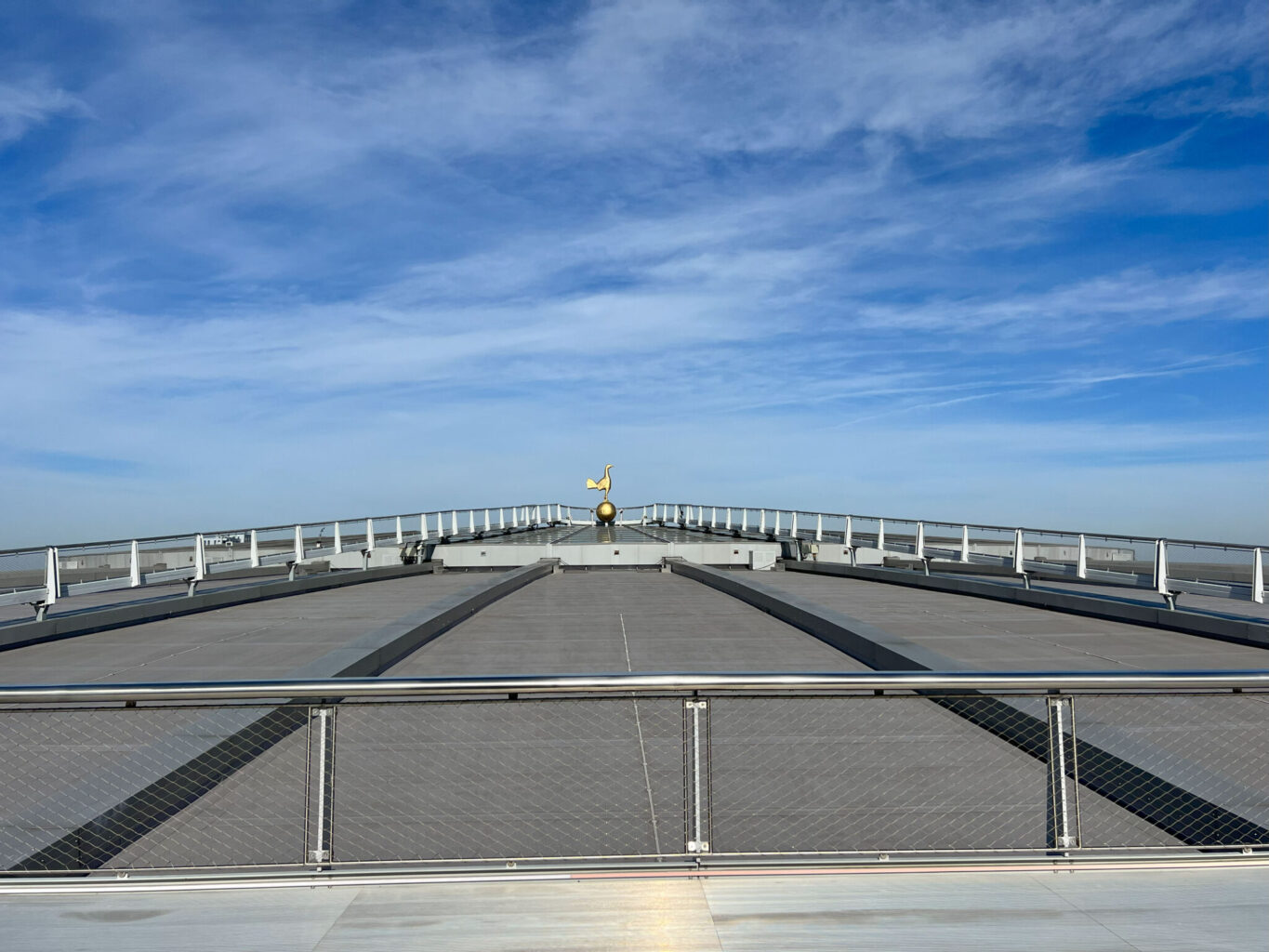
The Government Report on Commercial & Recreational Drone Use
October saw the publication by the Government’s Science and Technology Committee on Commercial and Recreational Drone Use in the UK.
Fuelled, at least in part, by the disruption caused at Gatwick Airport in 2018, this report offers a comprehensive review of the current position of drone use in the UK as well as a set of recommendations for the future and how opportunities can be leveraged while minimising risks caused by UAVs.
The change of the Flight Restriction Zone from 1km to 5km surrounding airports and airfields, was recognised as an important step by all parties in improving both airspace safety and public perception of safety. However, questions were raised over the inconsistent application of the rules and how that is affecting the ability of both recreational and commercial pilots to fly with the required permissions.
The proposed drone registration scheme and attendant charges, unsurprisingly, is examined in a great deal of detail and includes feedback from pilots in many areas from BALPA to the Model Flyers Associations. It was generally agreed that it was sensible, as drone flying is a skill, that there be a test to assess competency and registration to encourage accountability. However, if the proposed registration fee is felt to discourage participation in the scheme, then the whole initiative could be seen as counter productive.
There was some discussion of the idea of allowing associations and clubs to register as a single entity on behalf of their members whilst not diminishing the requirement for those members to adhere to the highest safety standards. In terms of safety, there was acknowledgement that, whilst Airprox reports suggest that drones can pose a significant threat to manned aircraft, that there was some doubt as to the reliability of these Airprox reports. An additional fact finding report is suggested to assess the true picture the the results to be published by the end of 2020.
Hand in hand with this investigation into the true extent of the threat posed by drones, there was an acknowledgement of the fact that there is a degree of public distrust of this new technology. Whether this be based on the perception of drones causing a risk to physical safety or being the agents of privacy invasion, it was suggested that a public awareness campaign be created and launched by the Summer of 2002 to highlight the opportunities and place any risks into context.
Alongside this debate, there was acknowledgement that no amount of registration, competency testing or government designed systems, will be able to discourage people from using drones for nefarious purposes. Here the increased police powers and advances in anti drone technology take an important role in forming the future of this fledgling industry. Weaponisation of UAVs is as possible as that seen in recent years by ground based vehicles and all available measures should be taken to avoid any additional security risks.
Notwithstanding the PWC report created that estimated the positive impact to the UK economy by 2030 being in the region of £42 billion, it was noted that there has never been a government report. The recommendation was made for a report to be created by Spring 2020 to assess the potential benefits of drones to the UK economy in order that a pathway can be laid to put the UK at the forefront of the UAV industry and reap the maximum amount of benefit from what it has to offer in all areas.
In terms of aircraft safety, it was mentioned that the technology is now readily available to allow safety features to be included in drones to significantly mitigate collision risks and it should be an offence to disable these features.
This thoughtful, detailed and considered report can only be good news for the drone industry with it’s goal to enable opportunities while mitigating risk. Successful completion of all the goals as set out would seem to put the UK drone industry in a great position to lead the way for years to come.
Expert Infrared Inspections for Accurate Thermal Assessments
Need professional thermographic analysis for your project? Our certified experts use the latest infrared technology to deliver precise results. Contact Drone Media Imaging today for expert thermal imaging services.
related posts
Sunt asperiores eos cumque officiis a quae placeat aut laborum.
Exciting Dare Skywalk Edge attraction at Tottenham Hotspur Stadium, offering breathtaking views of London, taken from our BBC filming recce day.








